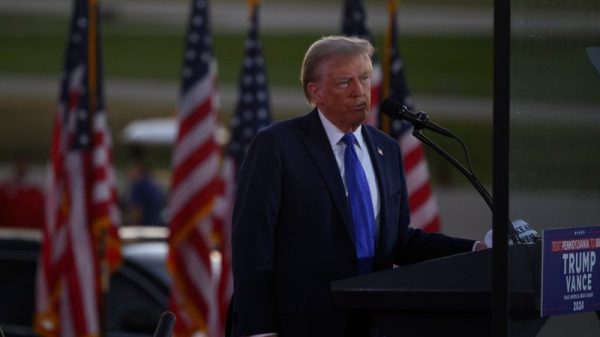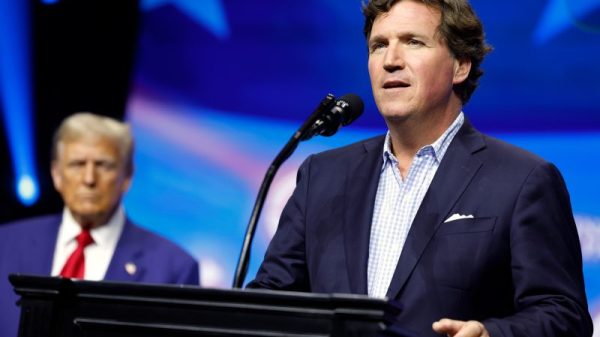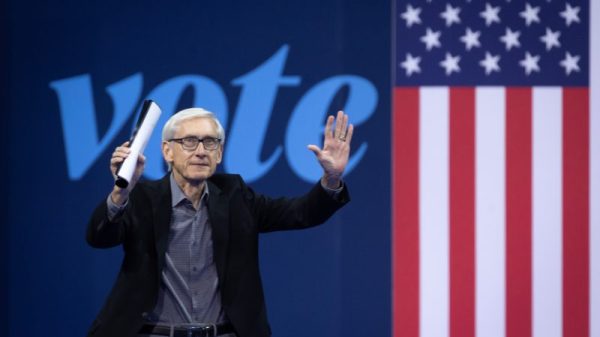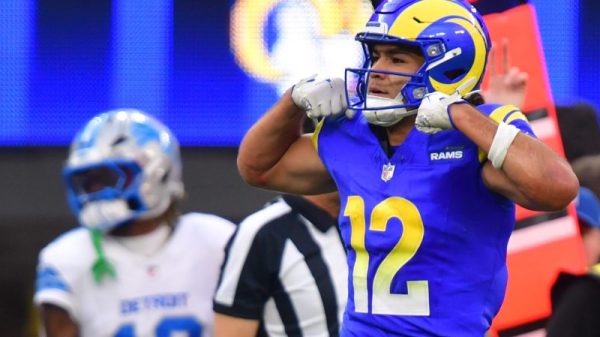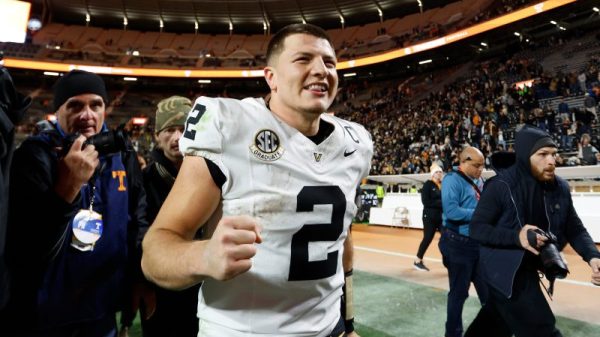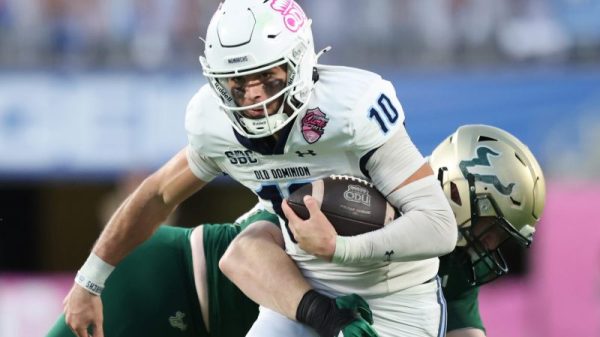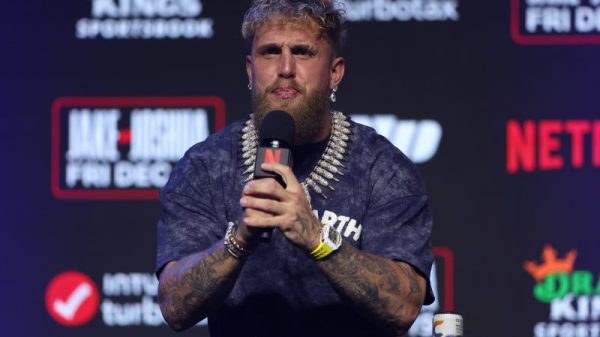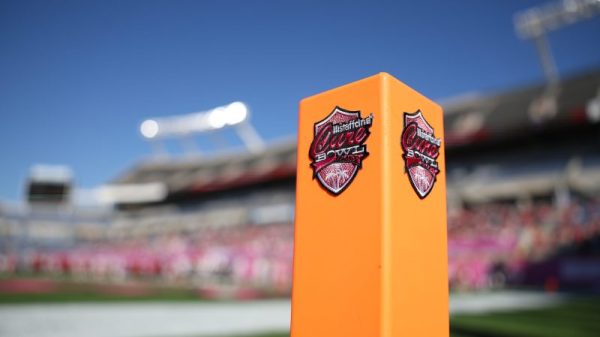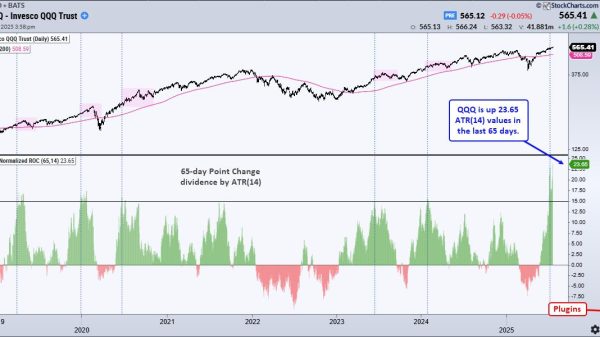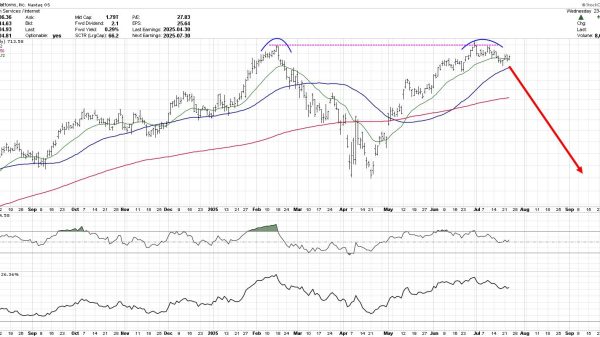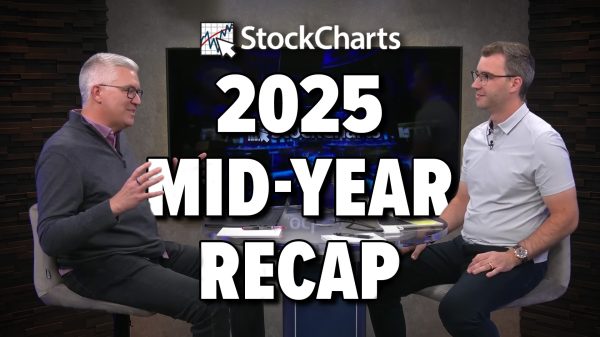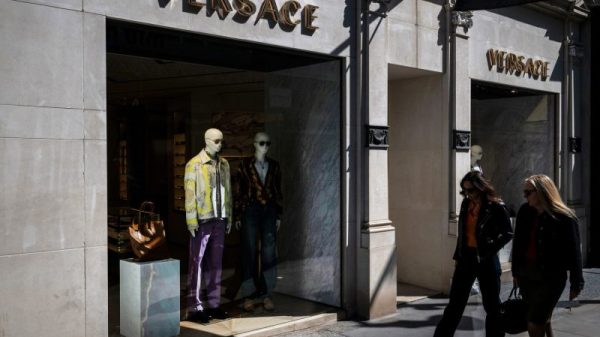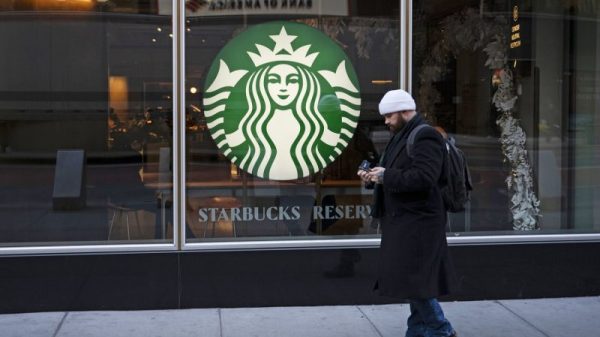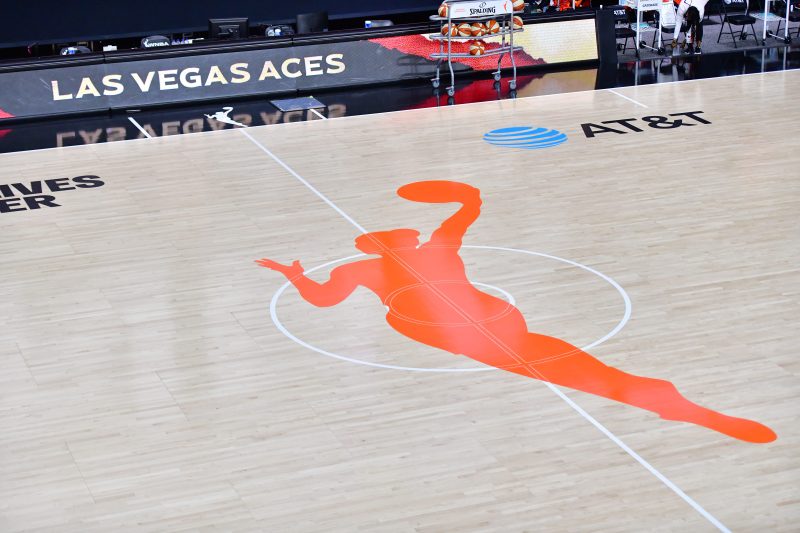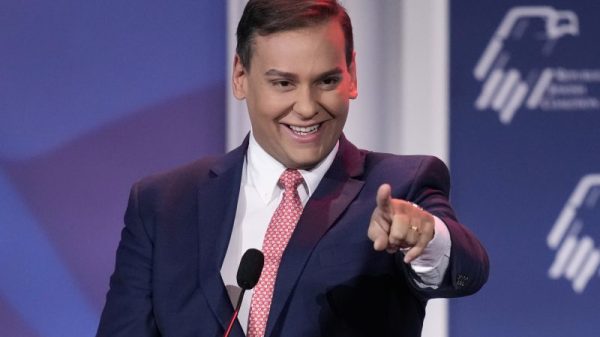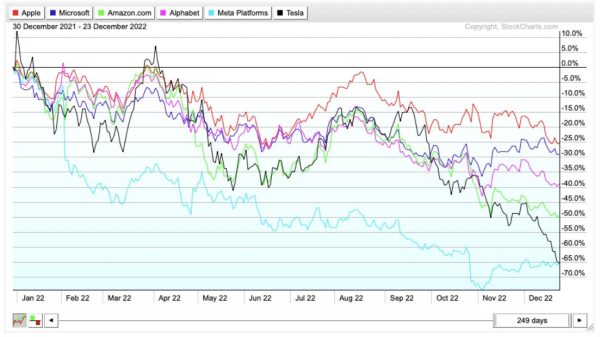The WNBA’s collective bargaining agreement will expire Friday, Oct. 31. It was reported by ESPN that the league would like to extend the current agreement 30 days to allow for more negotiating time. If the players’ union agrees, an extension will delay a possible work stoppage, whether a lockout by the owners or a strike from the players.
“We have worked hard to be able to say on Friday, we did it. Unfortunately, that’s not going to happen,” Erin D. Drake, the senior adviser and legal counsel for the players’ union, said during an appearance on The Athletic’s ‘No Offseason’ podcast on Tuesday. “In a dance, it takes two to tango. And it has been difficult to find a beat, to find a rhythm and to find the same sense of urgency (from the league), just to be frank, to get this done.”
The league and players’ union previously agreed to a 60-day extension in 2019, three days before the last CBA was set to expire on Oct. 31, 2019. A new deal was subsequently reached on the current CBA on Jan. 14, 2020, and signed into effect three days later on Jan. 17, 2020.
The biggest sticking point this time around is pay structure and revenue sharing. Last week, the sides went back and forth after NBA commissioner Adam Silver appeared on ‘Today’ on Oct. 21 and took issue with a question about revenue sharing. Craig Melvin asked if WNBA players should get a larger piece of the revenue pie. “They get nine percent of total revenue compared to roughly 50 percent of the revenue of NBA players. Should they be getting a larger share of revenue in the WNBA?”
“Yes,’ Silver said ‘I think ‘share’ isn’t the right way to look at it because there’s so much more revenue in the NBA. You should look at it in absolute numbers in terms of what they’re making. They are going to get a big increase in this cycle of collective bargaining. And they deserve it.”
The WNBPA clipped Silver saying, ‘I think ‘share’ isn’t the right way to look at it,’ to its Instagram story with the caption, ‘Don’t want to share?’ and tagged the commissioner.
The back and forth has continued as the deadline nears. So what do we know about the WNBA, its profitability and what’s at stake?
Is the WNBA profitable?
But the WNBA is seeing an infusion of cash with three new teams — Cleveland, Detroit and Philadelphia — paying expansion fees of $250 million. That’s a five-fold increase from the $50 million the Golden State Valkyries paid to join the WNBA for the 2025 season.
WNBA franchises have seen their valuations go up, worth a combined $3.5 billion according to Sportico. The Valkyries top the list with a valuation of $500 million.
The WNBA also set a record with 3.15 million fans attending games in 2025, up 34% year-over-year, according to the Sports Business Journal. An average of 11,148 fans attended each game, an all-time high for the league. The WNBA also expanded its regular season to 44 games and playoffs generate more revenue. ESPN said the WNBA’s regular season and postseason were the league’s most-watched ever across ABC, ESPN and ESPN2, as games averaged 1.2 million viewers. The figure represents 5% growth year-over-year. ESPN also reported it had the most-watched WNBA postseason ever.
Lastly, the WNBA has a new national media rights package worth $2.2 billion over 11 years going into effect in 2025. The WNBA could sell additional game inventory to increase that number. The TV deals, combined with investment, ratings, ticket and merchandise sales, could help turn red ink to black.
Who owns the WNBA?
The NBA’s direct ownership of the WNBA is 42%, WNBA team owners hold another 42% and an external investment group owns the remaining 16%.
The group of private investors, which included Nike, Condoleezza Rice, Laurene Powell Jobs, NBA owners and several prominent athletes, infused $75 million of capital investment into the league for growth in 2022.
The NBA owns an estimated 60% to 75% of the WNBA when you combine NBA team owners who also own WNBA franchises and NBA owners who took part in the capital investment.
Which WNBA teams are owned by NBA owners?
Current WNBA teams owned by NBA owners are the Indiana Fever, Minnesota Lynx, Phoenix Mercury, New York Liberty, Las Vegas Aces, Los Angeles Sparks and Golden State Valkyries.
Cleveland Cavaliers owner Dan Gilbert also owns the Cleveland expansion team. Detroit Pistons owner Tom Gores is leading the Detroit expansion team.
When does the current WNBA CBA run out?
The CBA, which was signed in January 2020, shortly after Cathy Engelbert took over as WNBA commissioner in 2019, was set to expire in 2027 after eight seasons. The WNBPA, however, exercised its right to opt out of the agreement last October amid unprecedented league growth, meaning the CBA now ends on Oct. 31, 2025.
What are the main sticking points in negotiating the new deal?
The main points of contention in the ongoing CBA negotiations are increased revenue sharing and pay structures. The players are seeking a revenue-sharing model that ensures their salaries grow with the league, while the WNBA has reportedly offered a fixed salary system and capped revenue-sharing plan.
The WNBA released the statement on Oct. 22: “It is incorrect and surprising that the Players Association is claiming that the WNBA has not offered an uncapped revenue sharing model that is directly tied to the league’s performance. The comprehensive proposals we have made to the players include a revenue sharing component that would result in the players’ compensation increasing as league revenue increases – without any cap on the upside. It is frustrating and counterproductive for the union to be making misrepresentations about our proposals while also accusing the league of engaging in delay. That is simply not true. While we have delivered comprehensive proposals that seek an agreement that will benefit all, the Players Association has yet to offer a viable economic proposal and has repeatedly refused to engage in any meaningful way on many of our proposal terms. We stand ready to continue negotiating in good faith and hope they will do the same so that we can finalize a mutually beneficial new CBA as quickly as possible.”
The league’s most recent proposal, according to multiple reports, included a supermax near $850,000 and a veteran minimum around $300,000.
“You know they know it’s bad when the best they say they can do is more of the same: a fixed salary system and a separate revenue-sharing plan that only includes a piece of a piece of the pie, and pays themselves (the league) back first,” WNBPA executive director Terri Jackson said in a statement to The Athletic on Oct. 22.
The WNBA released the statement on Oct. 28:
“We have been negotiating with the Players Association in good faith and with urgency for several months with the goal of finalizing a new collective bargaining agreement as quickly as possible. Our most recent proposal to the Players Association was made on October 1, and we just received their response yesterday, October 27. Throughout this process, we have been clear that our top priority is reaching a new collective bargaining agreement that addresses players’ ask for significant increases in pay, benefits and enhancements to their experience, while ensuring the long-term growth and success of the league and its teams. We urge the Players Association to spend less time disseminating public misinformation and more time joining us in constructive engagement across the table.”
Has there ever been a WNBA lockout?

